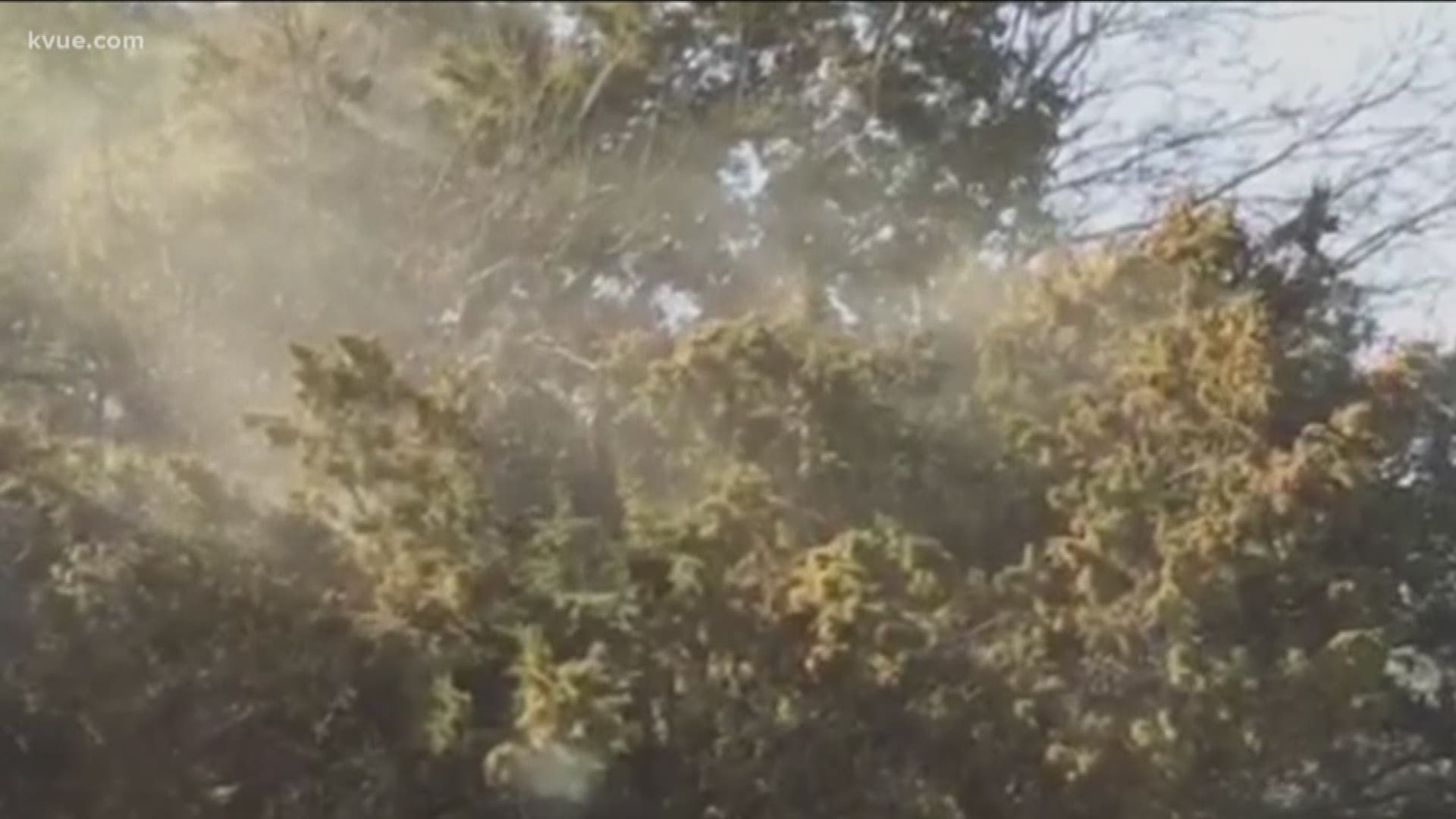AUSTIN, Texas — Despite its catchy name, cedar fever doesn't actually cause its victims to have a fever.
According to the Texas MedClinic website, cedar fever is simply an allergic reaction to pollen from mountain cedars. Symptoms sufferers of this allergy may experience include a runny nose, itchy and watery eyes, nasal blockage and sneezing.
Other reported symptoms include fatigue, headache, facial discomfort, a sore throat, partial loss of smell and a feeling of having plugged ears, according to the Texas MedClinic.
The clinic also said the pollen granules can travel hundreds of miles and that after being inhaled, the allergic reaction starts to affect the individual. December, January and February are the times when pollination is heaviest, according to the clinic.
According to KVUE meteorologists, the cedar pollen levels have begun to slowly climb.
PEOPLE ARE ALSO READING:

